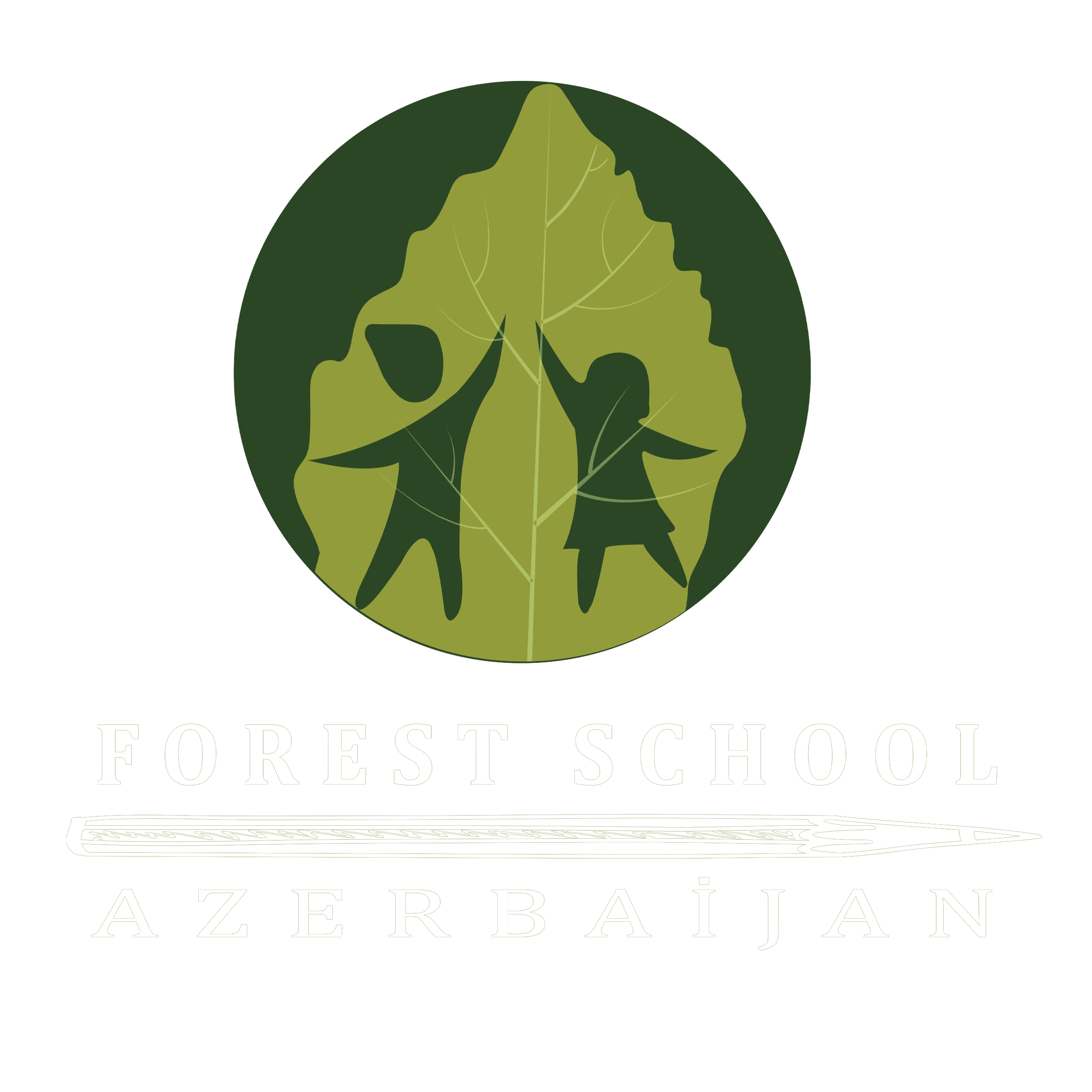“Earth and sky, woods and fields, lakes and rivers, the mountain and the sea, are excellent schoolmasters, and teach some of us more than we can ever learn from books.”
John Lubbock (British archaeologist, naturalist, banker and politician)
Formal education is a form of education that ends with the issuance of a state document on education. General education, initial vocational education, secondary specialized education, higher education, retraining education, repeated higher or secondary specialized education is considered formal education, since it ends with the issuance of a state document on education. Learning outcomes are measured through tests and other forms of assessment.
As we can see, the learning process does not always take place in the classroom and does not end with the receipt of a document on education. This is what is called non-formal education.
Non-formal education is a form of education that is carried out outside the formal environment in various courses, general and individual classes and is not accompanied by the issuance of a state education document. Informal learning usually takes place in groups: swimming lessons for young children, sports sections of various types for all ages, reading circles, discussion circles, amateur choirs and orchestras, indoor and outdoor activities, etc.
The best environment for children to learn, explore nature and the world around them is an outdoor learning environment. This learning environment is a key part of the Forest School educational approach.
But what is the Forest School, where did it originate and how did it develop?
Since ancient times, people have been looking for favorable natural conditions for life, studied the environment and discovered conditions for life. For example, the extraction of the first firewood, hunting skills, the manufacture of household items, etc. That is, our functions of cognition and discovery in nature have passed to us from our ancestors. The reflection of this in education is irreplaceable. Because we are part of nature, and we have to learn everything by being part of it. That is why such an educational approach is indispensable.
The Forest School is a progressive, alternative learning model that takes place almost entirely outdoors. It is also known as the Forest Kindergarten, Outdoor Kindergarten, or Nature School. Whatever the weather, children are encouraged to play, explore and learn outdoors in nature. This encourages children to explore and learn more deeply and holistically, outside the traditional classroom setting.
The first Forest School was founded by Ella Flautau in Denmark at the beginning of the 1950s. The idea came to her when she got together with her own children and those of her neighbors in the nearby forest.
However, this approach to learning has also been used in several countries around the world.
In Sweden, the concept of the Forest School was modeled after the ex-military Gösta Frohm. Here the Forest Schools were called “Rain or Shine schools”. This phrase means “in any weather.”
German forest kindergartens, also known as “Waldkindergarten” or “waldkitas”, began to appear in Germany in the 1960s, but the first German forest school was officially recognized as a state-owned kindergarten in 1993. By the end of 2017, the number of such kindergartens in Germany exceeded 1,500.
Bush kindergarten or bush kindy forest kindergartens were founded in Australia in 2011 by Doug Fargher, an educator who was interested in children’s wellbeing and development. The movement encourages children and educators to move beyond the limited and traditional learning environment and organize the learning process outdoors and in nature.
Mori-no-ie, a Japanese forestry school, has gained support in Japanese society and has sought to take children out of the stressful life and high-tech world and bring them closer to nature.
The main activities of the Forest School are weekly meetings, workshops, camps, project studies, expeditions, etc.
Psychologist L. Vygotsky found in his research that children learn and develop better in a social environment, with peers, doing research in groups. The facilitator should accompany the activity of the child, simply providing support from the outside.
For children, learning new things, trying and achieving things on their own is important for building a sense of self-confidence and courage in them.
Author – Turkan Agahuseynova



